We all love art, do we? I love arts, therefore, I’m twice happy to write this article for you and share my knowledge. The Arts is one of the eight AOKs recognized by the IBO in the Theory of Knowledge course.
Let’s begin. The Arts as a AOK encompasses a wide range of creative practices such as:
- visual arts;
- music;
- theater;
- dance;
- literature;
- film.
Therefore, the Arts AOK play a significant role in human culture and society, and they provide a unique way of understanding and representing the world.
One of the key strengths of the Arts is their ability to express and evoke emotions. Through the Arts, individuals and cultures can express their feelings, ideas, and values in a way that is not possible through other AOKs.
The Arts can also be used to reflect on and critique social and political issues, and they can provide a platform for individuals to express their personal perspectives and experiences.
In contrast to other AOKs, such as mathematics and natural sciences, the Arts are open to interpretation. They are based on personal expression and individual perspectives, allowing for multiple interpretations and meanings. This subjectivity makes the Arts a valuable tool for understanding and interpreting human experience.
The Arts also have the ability to connect people across cultures and time periods. The works of art and literature, music, and other forms of creative expression transcend language, cultural, and geographical barriers, and they allow people to understand and appreciate the perspectives of others.
However, the Arts also have their limitations. The Arts can be challenging to define, and the meaning of a work of art may change over time.
Furthermore, the Arts can be influenced by personal biases, cultural context, and historical context, making it difficult to arrive at a definitive interpretation.
Let’s talk about the connection of The arts with other areas of knowledge in the TOK essay.
Why is The Arts Important in Other Areas of Knowledge?
Let’s check the main points of using the Arts in connection with other areas of knowledge.
1. The Arts can be used to enhance the understanding of other AOKs.
For example, in the natural sciences, you can use the Arts to create visual representations of scientific concepts, making them more accessible and understandable to a wider audience.
In the social sciences, the Arts can be used to represent and critique social and political issues.
In history, IB students can use the Arts to represent and reflect on historical events, and in philosophy, the Arts can also be used to explore the nature of reality and human experience.
2. Use the Arts as a source of inspiration and creativity in other AOKs.
For example, in engineering and technology, the Arts can be used to inspire design and innovation.
In business and management, you can use the Arts to think outside the box and find new solutions to problems.
3. The Arts AOK can be used as a tool for communication and expression in other AOKs.
For example, the Arts may be used in language to express oneself effectively and creatively.
In ethics, you can use the Arts to represent and communicate ethical dilemmas and solutions.
So, the Arts are important in other AOKs because they can be used to enhance understanding, inspire creativity, and communicate ideas. The Arts can connect different AOKs and provide a different perspective on the world.
They play a significant role in human culture and society and can be used to represent and reflect on human experiences, emotions, and ideas.
Real-Life Examples Connected with The Arts AOK
Now we will be focusing on RLSs in connection with The Arts AOK. So, enjoy reading the examples.
Architecture
Architects use artistic principles to design buildings and structures that are both functional and aesthetically pleasing. They use elements such as form, proportion, and color to create buildings that are not only functional but also visually appealing.
Advertising
Advertisers use the Arts to create visually striking and memorable ads to promote products and services. They use elements such as composition, color, and imagery to create eye-catching and memorable ads.
Film and Television
Filmmakers and television producers use the Arts to tell stories and convey messages in a visual medium. They use elements such as lighting, camera angles, and music to create a visual and emotional experience for the audience.
Graphic Design
Graphic designers use the Arts to create visually appealing designs for various mediums, such as websites, brochures, and packaging. They use elements such as typography, color, and imagery to create functional and visually appealing designs.
Music Therapy
Music therapists use the Arts to help individuals with mental or physical health conditions. In addition, they use music to improve communication, reduce stress and anxiety, and promote overall well-being.
Game design
Game designers use the Arts to create visually engaging and immersive gaming experiences.
They use elements such as character design, game environment, and game mechanics to create games that are both entertaining and visually appealing.
Museum and exhibitions
Museum curators and exhibition designers use the Arts to create visually engaging and informative exhibitions. They use elements such as lighting, layout, and display techniques to create informative and visually appealing presentations.
Performing Arts
Performers in theater, dance, and music use the Arts to entertain and convey messages to audiences. They use movement, dialogue, and music to create a visual and emotional experience for the audience.
What are some TOK activities for The Arts?

And what about activities connected to the Arts as an AOK? Below I’m adding a list that will be useful both for teachers and students.
Art Critique
This activity involves students analyzing and evaluating a work of art, such as a painting, sculpture, or photograph. They can use the elements and principles of art to evaluate the work’s composition, use of color, and other technical aspects.
IB students can also consider the historical and cultural context of the work and the artist’s intentions.
Art Project
This activity involves students creating their own work of art, such as a painting, sculpture, or photograph.
They can use this opportunity to experiment with different mediums and techniques and to express their ideas and perspectives.
Theater workshop
This activity involves students creating and performing a play or skit.
They can use this opportunity to explore different themes and characters and to express their own ideas and perspectives. This activity can be used to develop critical thinking and communication skills.
Movie Analysis
This activity involves students analyzing and evaluating a movie. They can consider the film’s themes, characters, and visual elements, as well as the director’s intentions and the cultural context of the film.
Poetry Analysis
This activity involves students analyzing and interpreting a poem. They can consider the poem’s themes, imagery, and literary devices, as well as the poet’s intentions and the cultural context of the poem.
Music Analysis
This activity involves students analyzing and evaluating a piece of music.
They can consider the music’s structure, melody, harmony, and rhythm, as well as the composer’s intentions and the cultural context of the piece.
Design Challenge
This activity involves students creating a design for a real-world problem or challenge.
IB students can use this opportunity to apply design principles and to express their own ideas and perspectives.
Cultural Comparison
This activity involves students comparing and contrasting different cultural expressions of the Arts.
They can consider the similarities and differences in the art forms, themes, and techniques used in different cultures and how they reflect the society and culture they are from.
Get Ready to Paint the Town Red with the Arts in Your TOK essay!
The Arts are like a work of art, an important and unique AOK in the International Baccalaureate Theory of Knowledge course. The Arts can express and evoke emotions, reflect on and critique social and political issues, and connect people across cultures and periods, just like a painting can tell a story.
Moreover,the Arts also plays a significant role in other AOKs as they can be used to enhance understanding, inspire creativity, and communicate ideas, like a symphony can bring people together.
Furthermore, the Arts are open to interpretation and provide a valuable tool for understanding human experience, like a poem can have many meanings.
However, it is essential to remember that, like any work of art, the Arts have their limitations and the subjectivity of their interpretation.

Need help with your IB TOK essay?
Unlock your potential and unleash the brilliance of your TOK essay with the help of our experts at BuyTOKEssay.com! Whether you’re starting from scratch or fine-tuning your existing essay to meet the demands of your supervisor, our team is here to make your dream of a perfect paper a reality. Say goodbye to writer’s block and hello to success with just one click.
With the right approach, TOK activities that involve the Arts can be a fun and engaging way for students to explore the nature of knowledge, and how it relates to their own experiences and perspectives. Like visiting a museum, you never know what you might discover!
Good luck with your IB TOK Essay 🙂
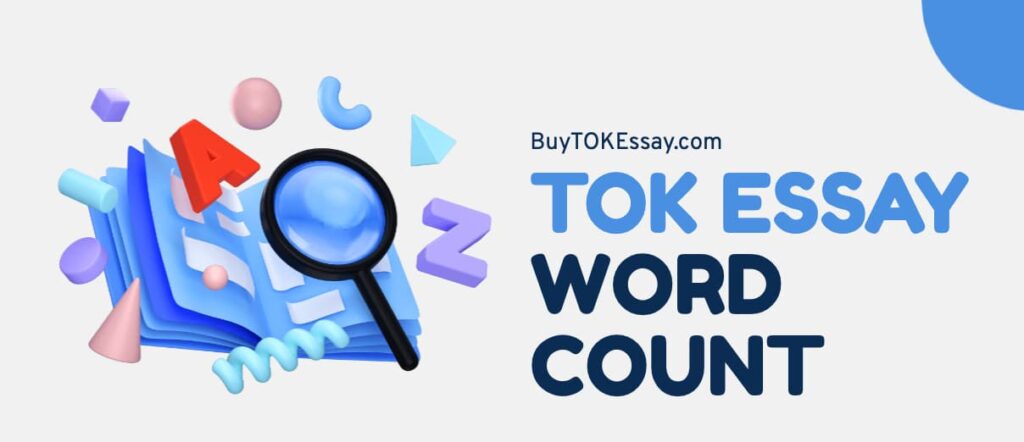
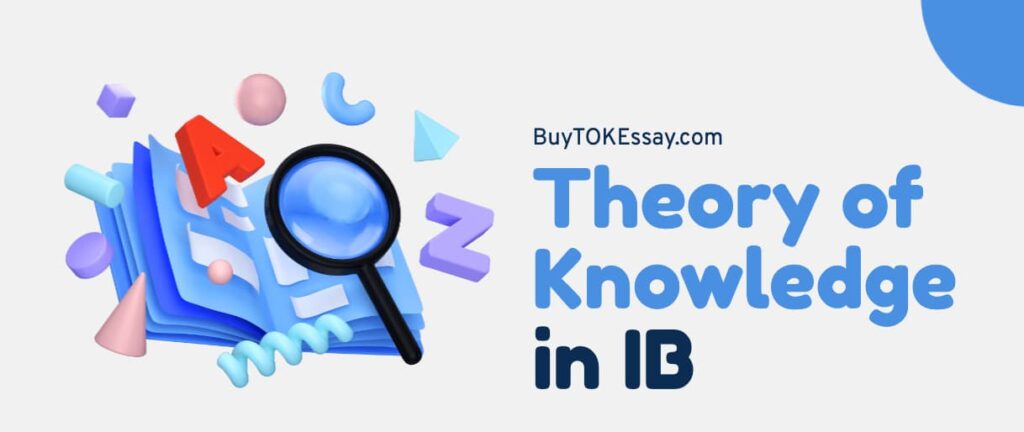
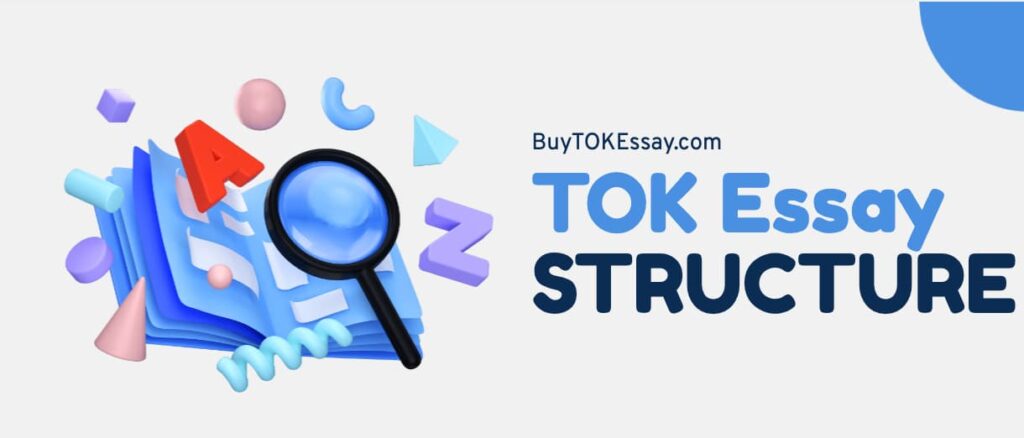
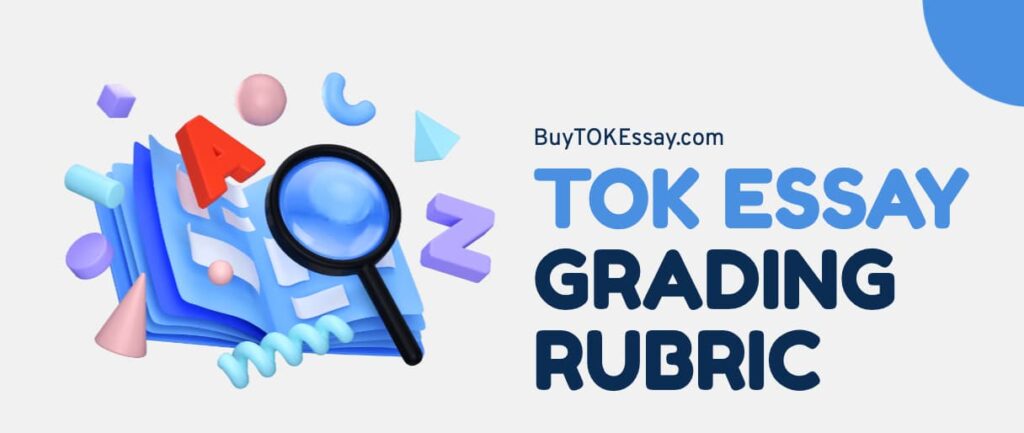
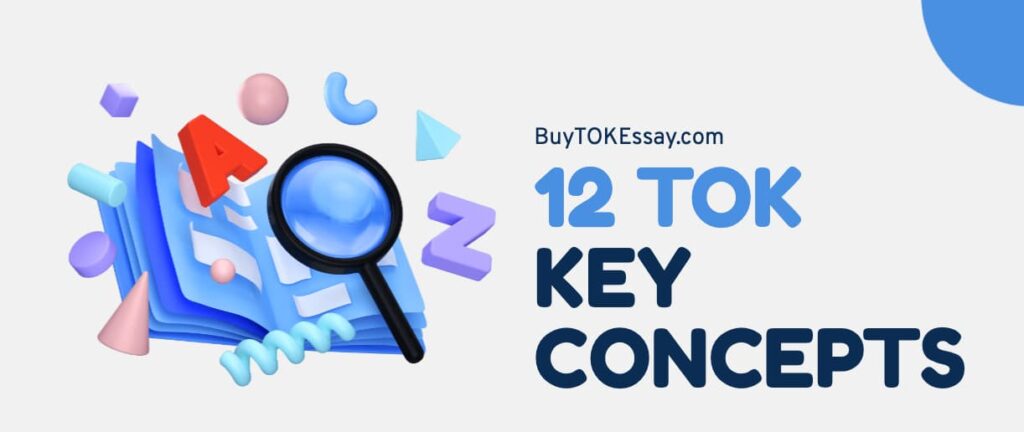
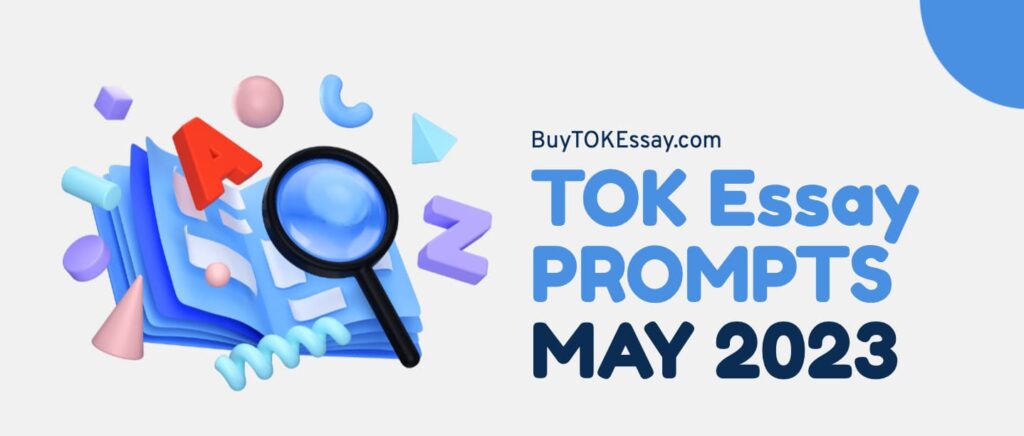
Pingback: AOKs in IB TOK: Mastering the Easiest and Hardest Areas
How do emotion and reason play a role in interpreting art?
Emotion often plays a significant role in an individual’s personal reaction and connection to art. Reason, on the other hand, is used in analyzing and understanding the techniques, historical context, and elements of the artwork. Both are important for a comprehensive interpretation.
I liketThe arts and I think ill be using it as one of the areas of knowledge for my TOK